We couldn’t believe it either.
Join Kayo in unboxing and analyzing this new product from KEEPCUP, and watch him show you how to make coffee in it. It’s a coffee brewer with a twist that you’ve never seen before… and it’s pretty darn good!
We couldn’t believe it either.
Join Kayo in unboxing and analyzing this new product from KEEPCUP, and watch him show you how to make coffee in it. It’s a coffee brewer with a twist that you’ve never seen before… and it’s pretty darn good!
Way too much information and a smart guy saying dumb things. But hey! It’s an imporant purchase, isn’t it?! We do a deep dive into pressurized dual wall baskets and what they mean for your coffee, plus, what’s the upgrade path for the Breville Bambino Plus buyer? Espresso, Latte Art, and the Pressurized Portafilter… It’s all here in this video review.
This month, our friends over at The Second Mile Coffee, Curve Coffee Collaborators, The Good Cup Coffee, and Ballentine’s sent us exciting packages to celebrate our love for drinks. We’re more than happy to share our haul with you.
To start, The Second Mile Coffee sent us two goodies: a Time More Electric Mini Kettle and a Time More Chestnut C2 Grinder. The kettle is new to the market. Right off the bat, we can see that it’s a standard gooseneck kettle, albeit smaller than the usual size. Its handle has a copper tip. The electric base is a 220-volt piece of tech that boasts a completely touch-based adjuster. Pretty cool.
Meanwhile, the Time More Chestnut C2 Grinder looks sleek with its gunmetal coloration. We’ll make reviews of these two products somewhere down the line, so stay tuned. In the meantime, you can get your own Time More Electric Mini Kettle through The Second Mile Coffee’s running promo: for Php 4850, you get the kettle AND three bags of coffee. If you ask us, that’s quite a steal.
Next, we have Curve Coffee Collaborators’ Lake Napalit kit, featuring a coffee varietal from the aforementioned place in Bukidnon. Inside the environmentally-friendly box are three different ways to enjoy the coffee: a bottle of cold brew concentrate, a bag of whole beans, and a box of drip bags. We are frankly impressed by this package and couldn’t wait to review the coffee as soon as possible.
On a similar note, The Good Cup Coffee sent us their own coffee as well. Unlike Curve’s three different ways to enjoy one varietal, The Good Cup sent us three varietals each to be brewed in one way. These are the El Paraiso Gesha, the Ethiopia Gesha Village in drip bags, and the Ethiopia Kilenso. We’ve already reviewed the surprisingly affordable gesha (Php 90 for a cup?!?) in a previous video, which you could check out on our YouTube channel.
Finally, Ballantine’s sent us a nifty tote bag that came with an eclectic set of goods: a grey hoodie, a blue tee, a pint glass, a can of Coke, and a single lime. Also, they came with two bottles of blended scotch whiskey (which are probably what we should’ve led with). We’re still thinking about what to make of this package. Is it a puzzle? Is it preparation for a big event? The truth is probably a lot simpler: maybe they want us to make whiskey soda with a splash of lime. We’ll see.
Which one of these babies are you excited to learn more about? Share it with us in the comments section of our video!
Origami, the Japanese art of paper folding, is a centuries-old tradition celebrating the pursuit of perfection and creativity through patience and precision. And just like its namesake, the ORIGAMI dripper aims to apply the same principles to the art of coffee brewing.
The ORIGAMI dripper is designed with baristas in mind; to support them in their unending journey of brewing the ultimate cup. Already a well-known tool among coffee enhusiasts, it was made further famous after 2019 World Cup Champion Jia Ning Du-san used it for his winning performance.
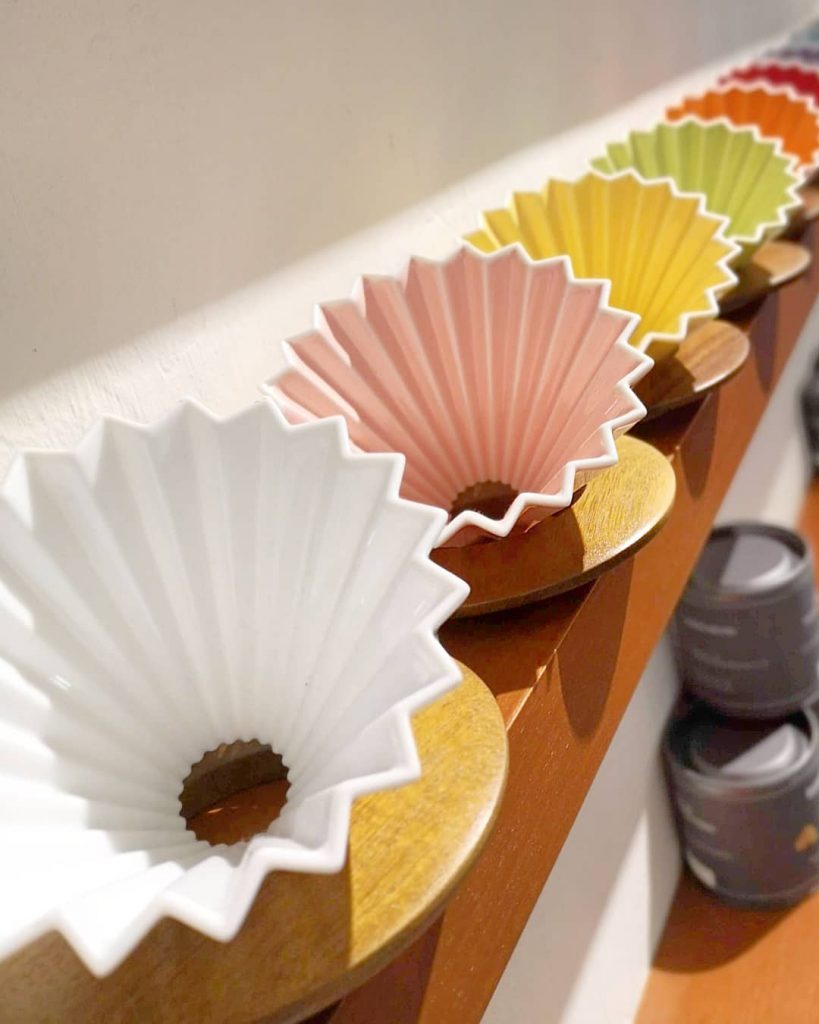
The dripper’s unique shape is made possible through the collaborative effort between the ORIGAMI design team and the baristas they’ve worked with. Twenty vertical gutters create multiple air channels between the filter and the dripper, regulating the extraction speed and giving baristas full control over their brewing time.
It is made of Mino-yaki ceramic, which is thinner compared to other ceramic drippers. This allows for heat to be released quicker, which results in a cleaner and milder extraction. Together with the cone shape that allows for optimal blooming experience, the setup ensures that the flavor and aroma of the beans will be used to their full potential.
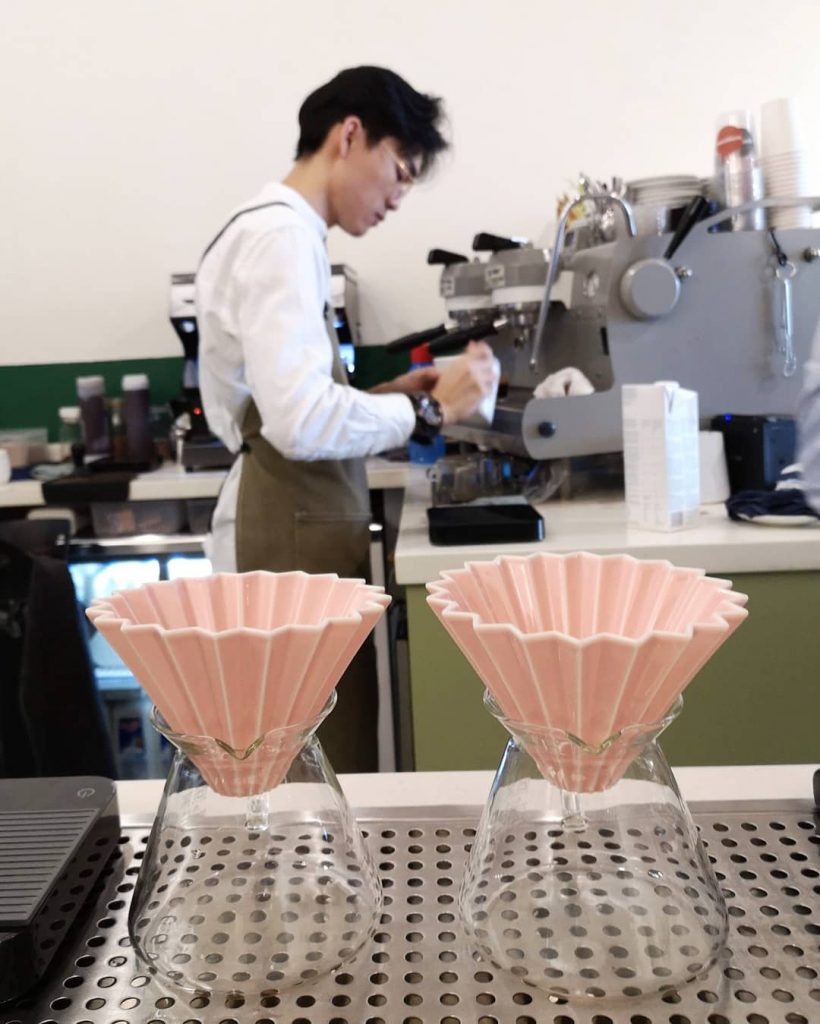
Perhaps the greatest asset that the ORIGAMI dripper has is the flexibility that it offers. For one, it can be used with either a Kalita Wave filter or a HARIO v60 filter, along with the recipes commonly used with them. It also comes in a wide variety of colors to satisfy the brewer’s own aesthetic preferences. These things, in addition to the controlled extraction speed that the dripper enables, give the brewer great freedom to express their creativity.
Many brewers have come up with their own ways to brew their own ideal cup of coffee using the ORIGAMI dripper, and are continuing to explore for even more possibilities to this day. Perhaps, just like its namesake, the ORIGAMI dripper might become timeless in its own right.
Forgiving? Maybe that’s a good way to describe the The Kalita 102. Well suited for any pour over beginner who wants to learn a classic slow drip method, though it’s a staple in the arsenal for many expert baristas too.
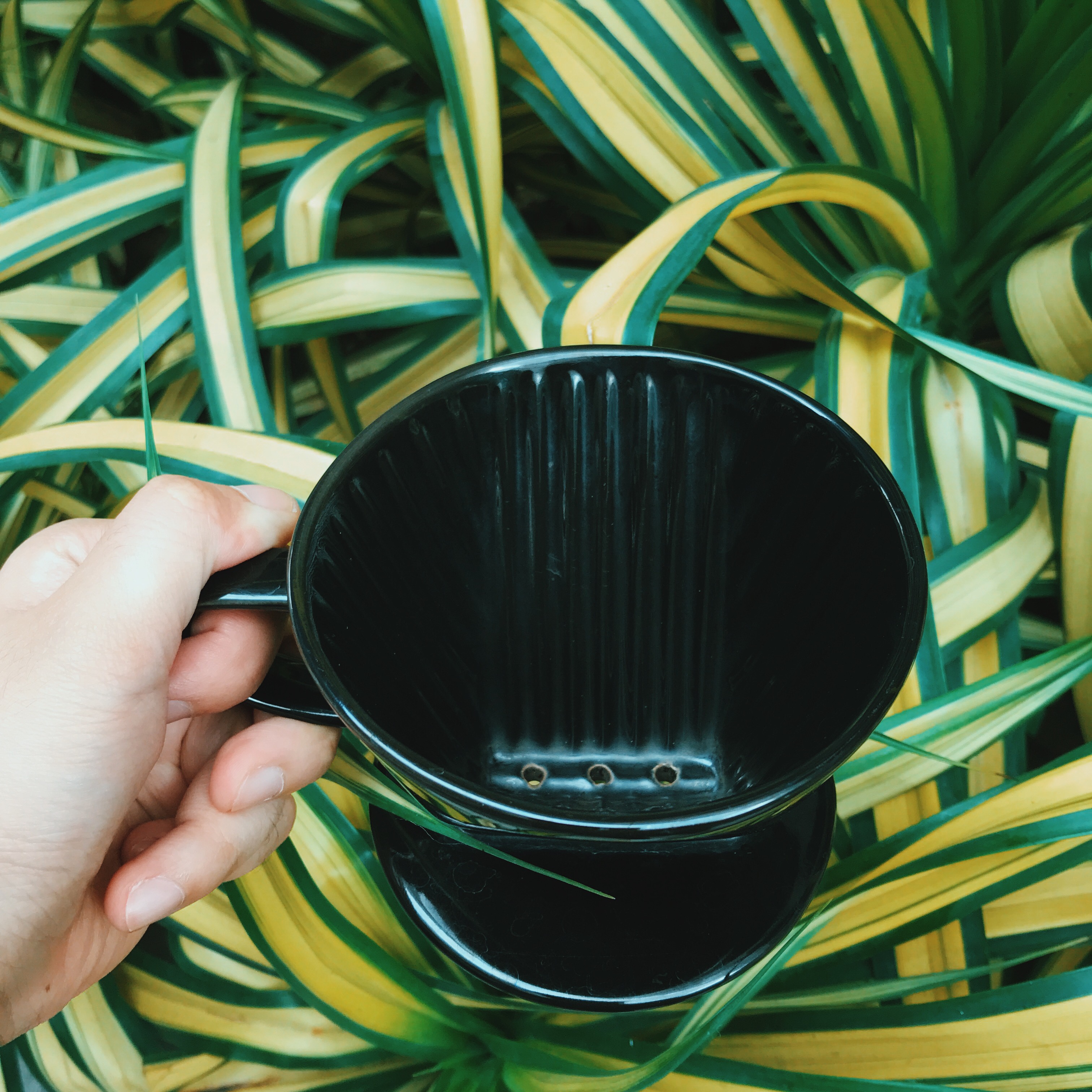
This wedge-shaped dripper has ridges that line the sides of the brewer which guide the flow of water during extraction, keeping the liquid flowing down towards the holes at the bottom of the device. The three holes at the bottom of the dripper result in a relatively slower drip time which benefits a brewer who prefer using hand grinders.
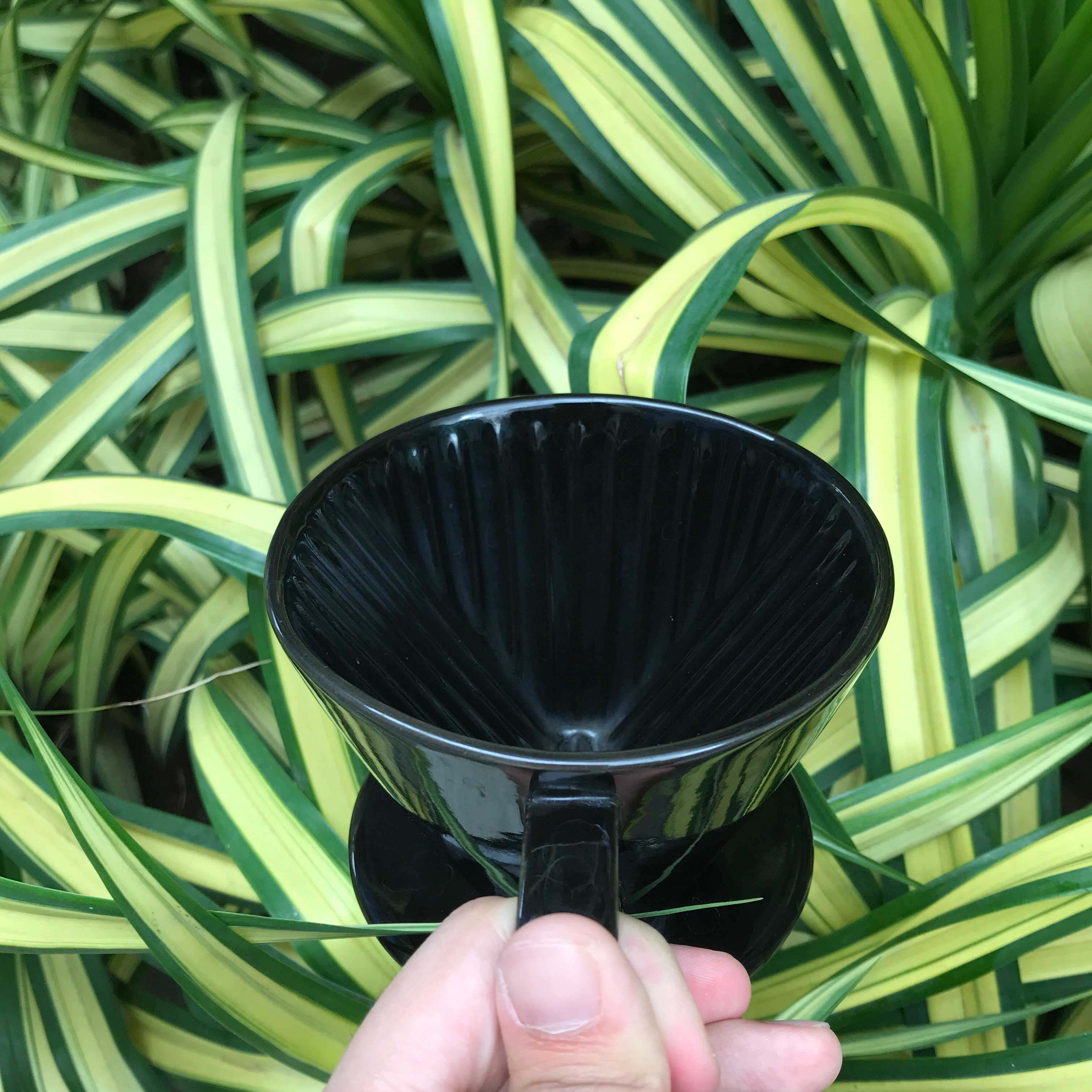
Usually, coarser grounds, which are the preferred grind size for Kalita 102, help in extracting coffee the best way. The Kalita 102 comes in three types; Copper, Ceramic, and Plastic. The material that the dripper is made out of also affects temperature retention. Copper and Ceramic drippers hold heat longer than their plastic counter parts.
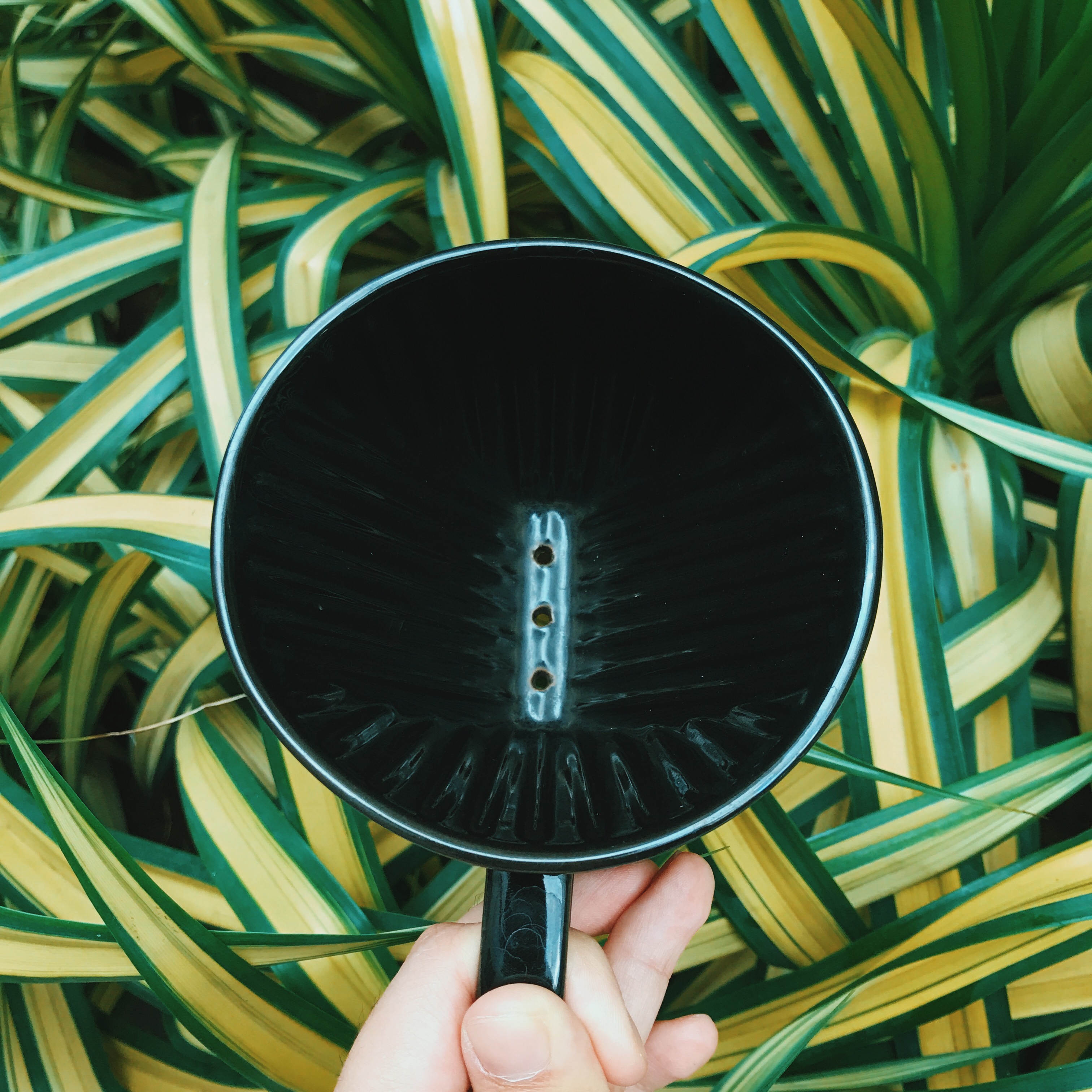
Choosing a brewer can be based on aesthetic, functionality, practicality, and can also be based on the frequency of use. Of course, with these key elements kept in mind, including the amount of water poured in, the steep time, and depth of the brew. The mix of all these factors results in a full flavored cup of coffee from a brewer that is fun to use.
Our favorite feature of the Giotto Type V is that it’s a dual-boiler machine, which means that there are separate boilers for steam and water. In other words, it’s capable of steaming milk while brewing espresso at the same time, making the compact machine able to produce latte after latte without struggling to keep up. This machine is a practical tool that can even handle the load of a small cafe. And its user interface — consisting of large knobs and levers — make it surprisingly intuitive to use even if you’re a freshly hired trainee.
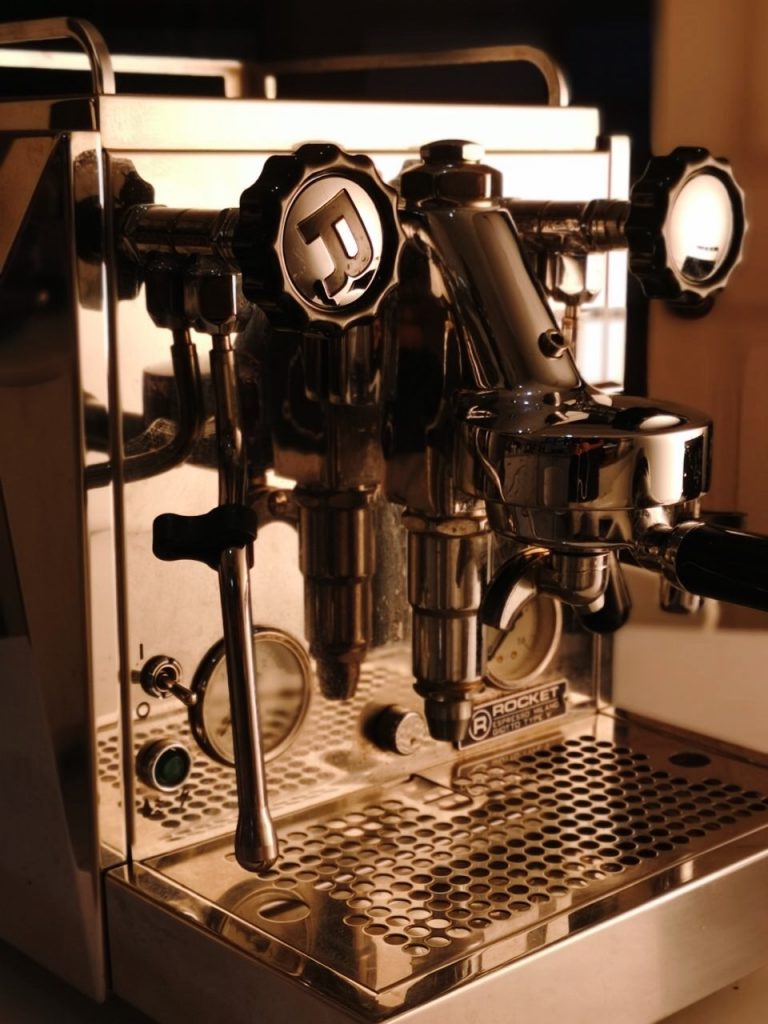
Made by Rocket Espresso Milano, The Giotto Type V is stylishly handcrafted & highly effective. Rocket says that their goal is to mix distinct brand motivated outer design & innovative brewing technology, so they created a machine that ensures a satisfying shot extraction with every pull of the lever.
The vibra-pump is often considered a “budget” feature of modern espresso machines, especially when compared to it’s bigger sibling: the rotary pump, which jumps directly to 9 bar of pressure as soon as the machine is activated. However, the vibra-pump requires the coffee puck to fill with water first in order to build up to 9 bar of pressure and the effect is somewhat like a low-pressure, mandatory pre-infusion stage in pulling the shot. This makes the experience of brewing an espresso beautiful.
The Hario V60 is a classic brewing device named after the angle its cone shape creates. This Japanese company has roots in producing high-grade glass for chemicals dating back to the 1920s. They even created their own refined heat-proof glass named the Hario Glass, which they found out decades later is also a good vessel for brewing coffee. Produced in 2005, the V60 has become their best selling product to date. Made from a variety of materials such as ceramic, glass, plastic, and copper, it can be used with either paper or metal filters. Its versatility as a coffee brewer comes from the overall structure—the cone shape adds depth to the layers and flavor of the coffee you’re brewing, its spiral ribs allow for the coffee to expand during extraction, and the large hole at the bottom gives you more control over the flow rate of your brew. It’s definitely a product loved by many, both rookie brewers and professionals alike.
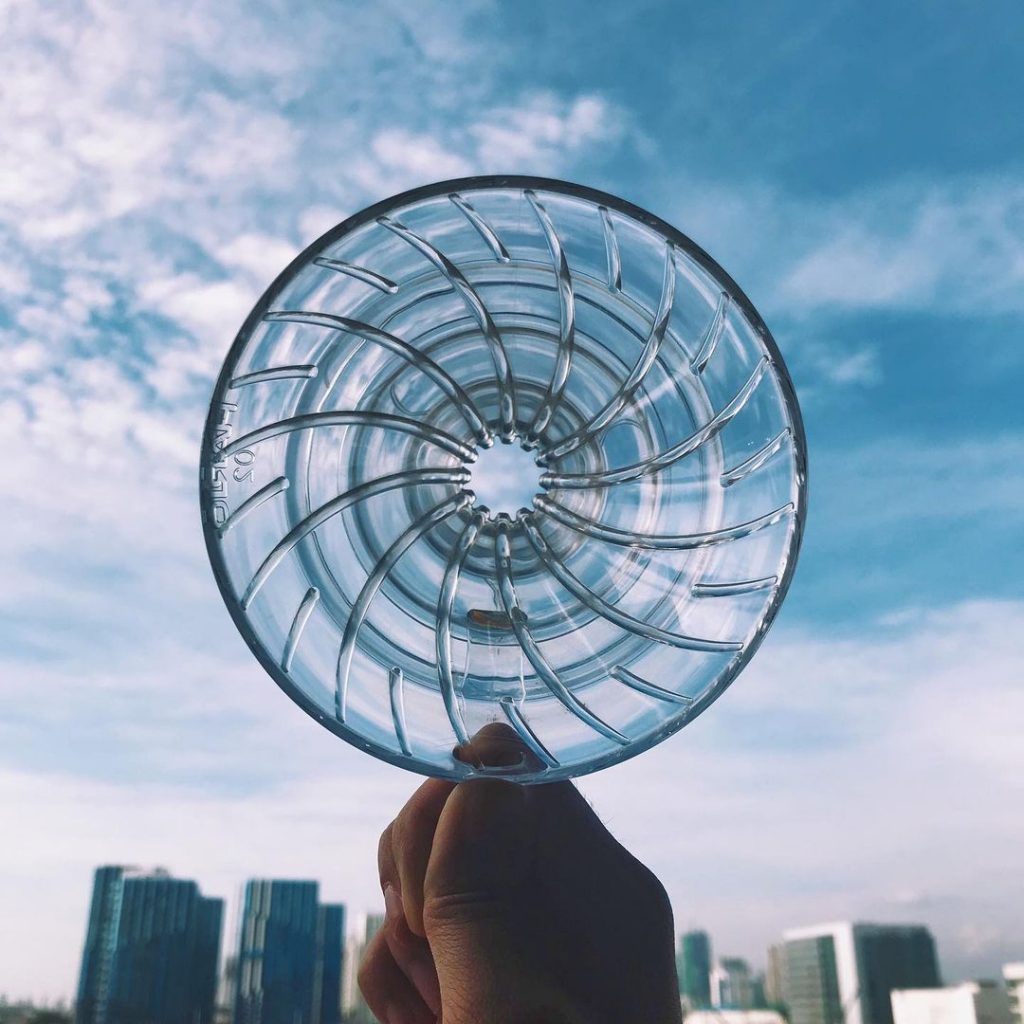
Follow @hariov60 and @hario_official on Instagram.
While Italy is generally held up as the gold standard of espresso machine manufacturing, Decent espresso machines are made in a small industrial building on the other side of the globe: Hong Kong.
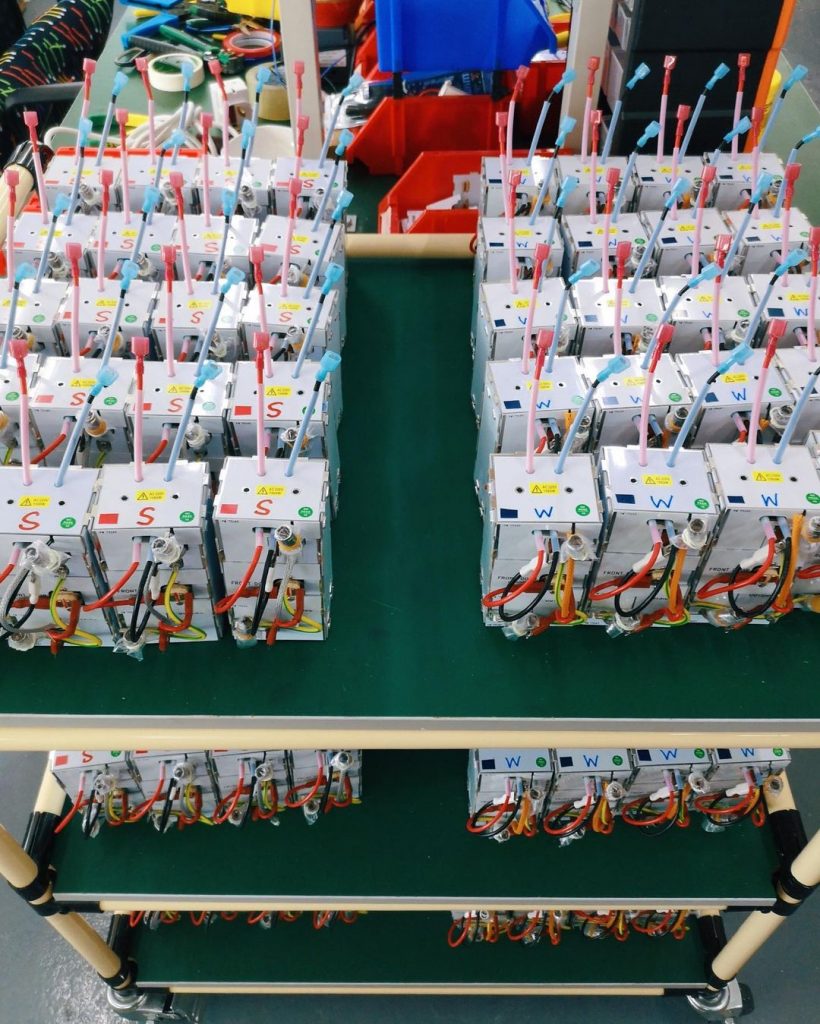
But switching production from Europe to Asia is just the start of how the guys at Decent are shaking off the old rules. Usually with a fancy machine that has multiple boilers, the general rule is that bigger is better. Decent’s machines are compact and minimal. And rather than using manual knobs, theirs is programmed through a tablet that allows you to take full control over pressure, temperature, and flow during the brewing process. Also gone is copper tubing, which is replaced here with hoses. Large boilers? Out the window. The Decent machine doesn’t even store boiling water, opting instead to boil it on demand for efficiency.
They’ve been very transparent with us, even opening their factory doors for a tour the assembly line. In this photo you can see the small, independent boilers. On the right side are the steam boilers, on the left are the water boilers.
And they’ve got many more goals for the future, which we’ll discuss over the next couple of months. Stay tuned!
Follow @decentespressomachines on Instagram.
How did a frisbee pave the way for the invention of one of the easiest and most reliable home brewing devices for coffee? Alan Alder, CEO of Aerobie toy company, utilized his knowledge in making aerodynamic plastic toys, that’s how.
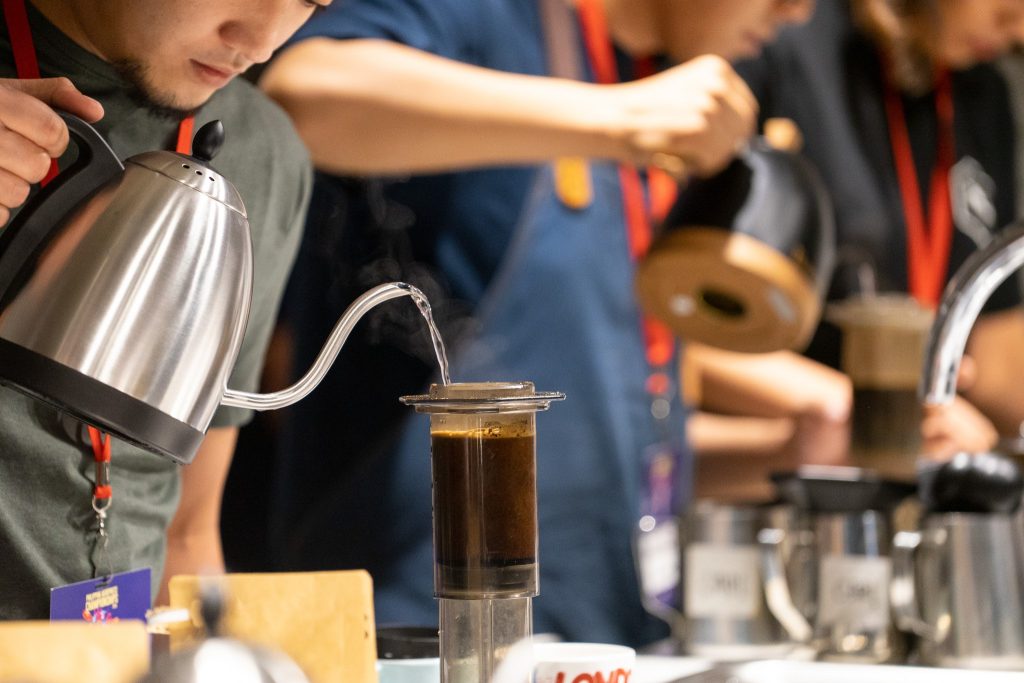
His knowledge of polycarbonate and copolyester was essential to creating the Aeropress in 2005. It’s made with two airtight plastic cylinders that press coffee through the use of pressure inside the tube. Then a metal or paper filter are used to remove the air and extract the coffee. Since its creation, it’s become an international success and people now develop different brewing methods specifically for the Aeropress, such as the inverted method (shown in this photo). By brewing the coffee inside the device before extracting it, a longer brewing time is possible.
The Aeropress is such a versatile tool because brewing recipes are limited only by your imagination, be it an espresso, filter coffee, or even cold brew. Its popularization has also been attributed to the annual Aeropress Championships held in multiple countries, a gathering fondly celebrated by coffee communities worldwide—also one we were happy to host just last month.
Photo courtesy of @goglenphoto
